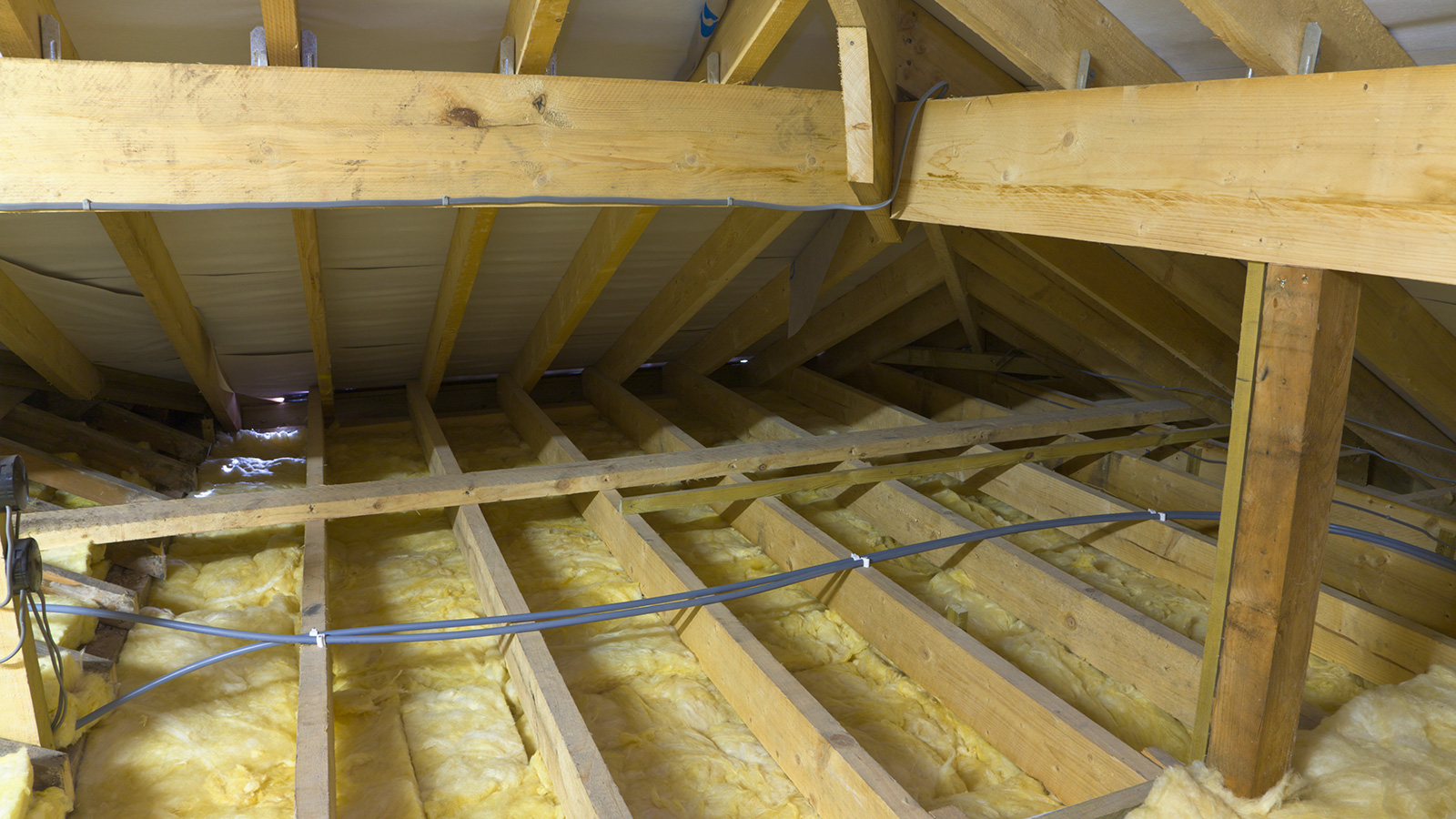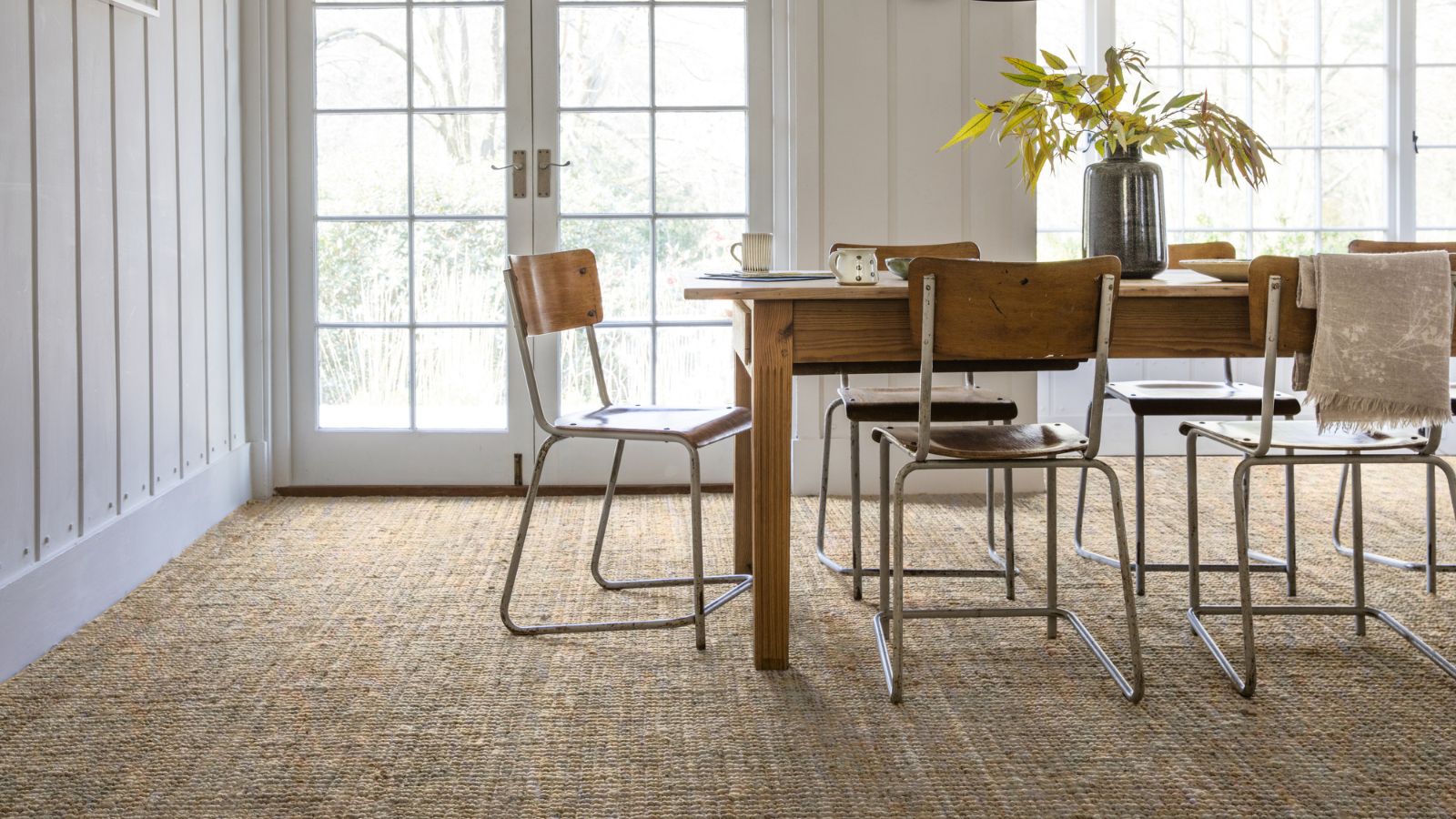Will insulating a loft save you money? — an energy expert gives his verdict
Insulating a loft is often the first job that comes to the minds of homeowners keen to cut their energy bills and increase their home's comfort levels. Here, David Hilton looks at how effective it really is

As energy costs continue to escalate, most homeowners are desperately looking for ways to lower their heating bills — and insulating a loft is often one of the first tasks to spring to mind.
The best way to lower household bills is obviously to use less energy — and that largely involves upgrading insulation levels and introducing better draft-proofing measures. Insulating a roof is just one step to take to improve the energy efficiency of your home, it is still an important one.
The low hanging fruit for insulation in an existing home is to maximise the amount of insulation in the loft. This is mainly because, when compared with other elements of the fabric of the building, such as the walls and floors, the loft is easy to access, making this a job that tends to be cheaper, easier and less disruptive.
Here, we explain how loft insulation can help, the kinds of savings you can expect by undertaking this home improvement job and other upgrades to consider.
Why insulate a loft?
There are three types of heat: radiant heat, such as the heat from the sun; conductive heat, such as the heat that passes through and between objects; and convective heat, such as as the heat that rises above a fire.
Most of the heat in the home is convection and convection heat rises. If most of the heat loss is lost ‘up’ then getting to grips with how to insulate a loft should be prioritised to mitigate this heat loss.
Can adding loft insulation save energy and money?
It is difficult to quantify exactly how much energy will be saved with loft insulation, but as the area is accessible and loft insulation costs are not the most expensive when compared to other methods of home insulation, it is certainly an area that offers the best value for money and often very low installation disruption.
Bring your dream home to life with expert advice, how to guides and design inspiration. Sign up for our newsletter and get two free tickets to a Homebuilding & Renovating Show near you.
If you have no insulation then adding 300mm will make a huge difference to your energy bills. Be very careful though not to suffocate the loft area. Most lofts are designed to have some air passing through it through the eves. This air must not be completely stopped but the loft insulation must be installed in a way to cover the whole ceiling area, allow air movement but also not allow air to be drawn from the home.
According to Energy Saving Trust: "Unless you live in a mid or ground-floor flat, around 26% of your home’s heat will escape through the roof."
They go on to say: "Topping up from 120mm to at least 270mm of insulation will help — and it’ll save you around £25 each year on your bills."
Does loft insulation improve EPC rating?
Adding any insulation to the home will improve EPC ratings. Loft insulation makes a big difference because it is easy to measure rather than being buried under the floor or in a wall.
If you are still asking 'what is my home's energy rating?' and wondering why it matters, let us clarify. An EPC rating is a review of a property’s energy efficiency. A property's EPC rating depends on both the amount of energy it uses per m² as well as the level of carbon dioxide emissions it gives out.
How else can I improve the energy efficiency of my home?
Insulation may be the first go-to area for home energy efficiency improvements but there are other things to look at too.
Draft-proofing also makes a big difference. Check around all penetrations through the fabric of the building such as windows, doors and pipework. If you have any open flues or chimneys they too are allowing heat to escape.
Changing old boilers and fire places with open flues to more modern balanced flue types or electrically driven solutions will improve the energy efficiency as well. Open fire places can have draft excluders such as dampers or ‘umbrella’ style inserts fitted but do remember to take them out as required before lighting a fire.

David is a renewables and ventilation installer, with over 35 years experience, and is a long-standing contributor to Homebuilding and Renovating magazine. He is a member of the Gas Safe Register, has a Masters degree in Sustainable Architecture, and is an authority in sustainable building and energy efficiency, with extensive knowledge in building fabrics, heat recovery ventilation, renewables, and also conventional heating systems. He is also a speaker at the Homebuilding & Renovating Show.
Passionate about healthy, efficient homes, he is director of Heat and Energy Ltd. He works with architects, builders, self builders and renovators, and designs and project manages the installation of ventilation and heating systems to achieve the most energy efficient and cost effective outcome for every home.
David is a renewables and ventilation installer, with over 35 years experience, and is a long-standing contributor to Homebuilding and Renovating magazine. He is a member of the Gas Safe Register, has a Masters degree in Sustainable Architecture, and is an authority in sustainable building and energy efficiency, with extensive knowledge in building fabrics, heat recovery ventilation, renewables, and also conventional heating systems. He is also a speaker at the Homebuilding & Renovating Show.
Passionate about healthy, efficient homes, he is director of Heat and Energy Ltd. He works with architects, builders, self builders and renovators, and designs and project manages the installation of ventilation and heating systems to achieve the most energy efficient and cost effective outcome for every home.
